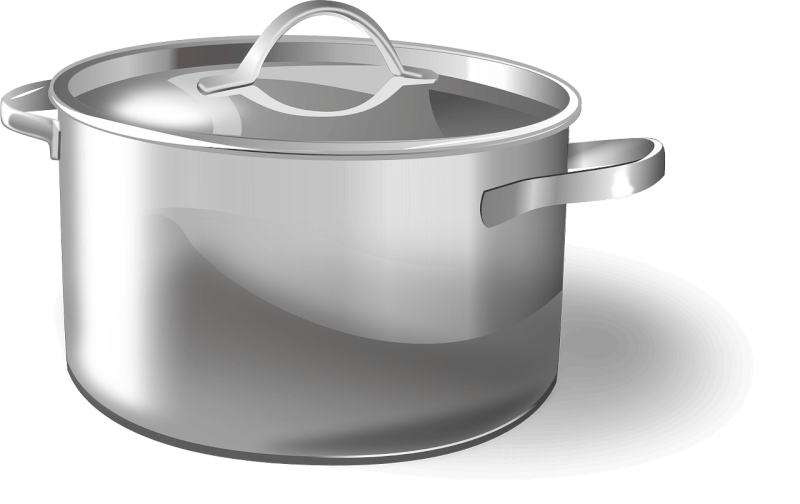If you’ve ever watched a professional chef effortlessly chop, dice, and julienne ingredients with precision, you may have wondered how they make it look so easy. The key lies in mastering knife skills, an essential technique that can transform your cooking experience. From safety tips to proper grip and cutting techniques, this article will equip you with the knowledge and confidence to handle a knife like a pro in your own kitchen. So, roll up your sleeves and get ready to elevate your culinary game with these invaluable tips.
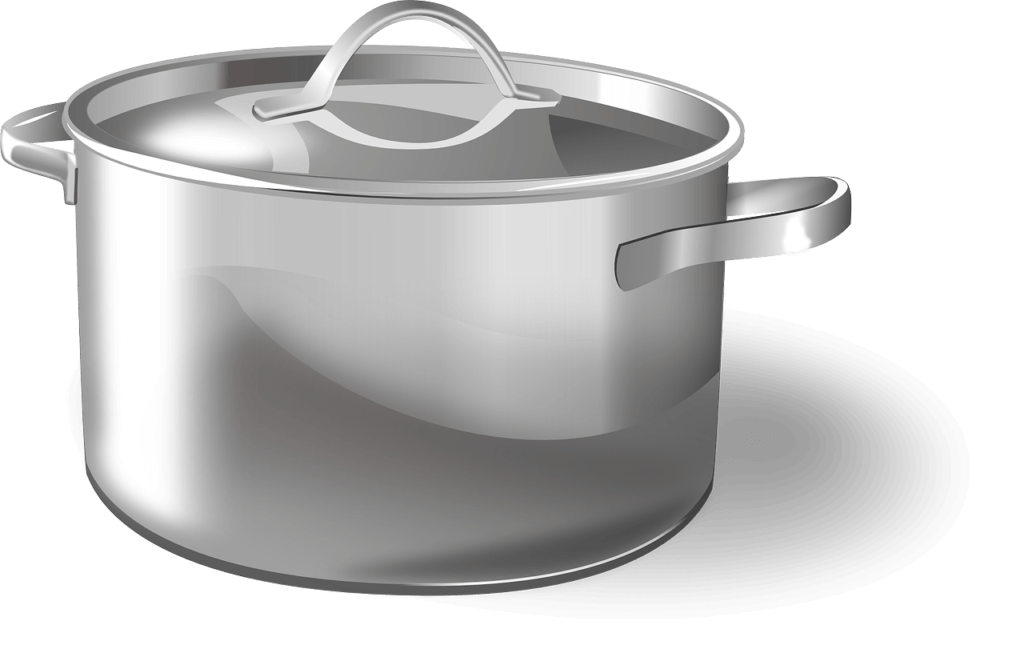
Choosing the Right Knife
Having the right knife can make all the difference in your kitchen. With the wide variety of knives available, it’s important to understand the different types and their purposes to choose the best knife for each task.
Understanding different types of knives
There are several types of knives that serve specific purposes in the kitchen. The chef’s knife, also known as a cook’s knife or French knife, is a versatile option that can handle various tasks such as chopping, slicing, and dicing. A paring knife is ideal for intricate tasks like peeling and trimming. A serrated knife, with its serrated edge, is perfect for slicing through foods with a hard exterior and a soft interior, like bread or tomatoes. Additionally, there are utility knives, boning knives, and many more specialized knives to choose from. Understanding the different types will help you select the right knife for each job.
Selecting the best knife for each task
When selecting a knife, consider the specific task you will be performing. If you frequently work with vegetables, a chef’s knife with a wide blade may be your best bet. For delicate work such as deveining shrimp or slicing small fruits, a paring knife might be more suitable. It’s also important to consider the weight and size of the knife, as it should feel comfortable and balanced in your hand. Trying out different knives before making a purchase can help you find the one that feels just right for you.
Investing in high-quality knives
While it may be tempting to stick with inexpensive knives, investing in high-quality knives is essential for the long run. High-quality knives are typically made with superior materials, such as high-carbon stainless steel, which ensures durability and sharpness. These knives not only provide better performance but are also safer to use as they are less likely to slip or cause accidents. Quality knives may require a larger upfront investment, but they will last longer, saving you money in the long term.
Maintaining Your Knives
Once you have chosen the right knives for your needs, it’s important to maintain them properly to ensure their longevity and performance in the kitchen.
Properly sharpening your knives
Regular sharpening is crucial for maintaining the sharpness of your knives. You can use a sharpening stone to restore the blade’s edge. Hold the knife at a 20-degree angle to the stone and move it back and forth in a sweeping motion. Repeat this process on both sides of the blade several times, ensuring an even edge. Remember to sharpen your knives when they start to feel dull rather than waiting until they are completely blunt, as this will help preserve the knife’s original edge.
Regularly honing your knives
In addition to sharpening, honing your knives is essential for maintaining their cutting performance. Honing involves using a honing rod, also known as a sharpening steel, to straighten the blade’s edge. Hold the honing rod vertically and swipe the knife against it at a 20-degree angle, starting from the base of the blade to the tip. Repeat this process several times on both sides of the blade. Honing should be done regularly, even before each use, to keep the edge aligned and in optimal condition.
Storing knives safely
Proper knife storage is essential for both the longevity of the blade and the safety of the user. Avoid storing knives loose in a drawer, as this can dull the blade and increase the risk of accidents when reaching for them. Consider investing in a knife block or a magnetic knife strip to keep your knives safely stored and easily accessible. Alternatively, knife guards or blade covers can be used for individual knives when storing them in a drawer or traveling. By storing your knives safely, you can protect their sharpness and minimize the risk of injury.

Proper Grip and Posture
Having the right grip and posture when using a knife is crucial for both safety and efficiency in the kitchen.
Holding the knife with a firm grip
To ensure control and stability, hold the knife with a firm grip. Wrap your fingers around the handle, and place your thumb on one side of the blade, opposite your index finger. This grip allows for better control and precision when cutting. Avoid gripping the knife too tightly, as this can cause unnecessary strain on your hand and fingers. Finding a balance between a firm grip and relaxed hand will help you maintain control and reduce the risk of accidents.
Positioning your body and knife correctly
Proper body and knife positioning can also greatly impact your knife skills. Stand with your feet shoulder-width apart and position the cutting board at a comfortable height. Your body should be in an upright position, with your weight evenly distributed. As for the knife, use a rocking motion when cutting with a chef’s knife, placing the tip of the blade on the cutting board and pivoting the knife from the back to the front. For slicing, keep the knife parallel to the cutting board and use a smooth motion to achieve even slices. By maintaining the correct positions, you can ensure stability and precision in your cuts.
Avoiding unnecessary strain
When using a knife, it’s important to avoid unnecessary strain on your body. Avoid hunching over the cutting board, as this can cause back and neck pain. Instead, stand upright and bring the food closer to you by using a cutting board with a non-slip surface or placing a damp cloth underneath. Additionally, using a knife that is appropriate for the task at hand can prevent excessive force or pressure. Let the knife do the work and rely on its sharpness rather than applying excess force. By avoiding unnecessary strain, you can prevent injuries and enjoy a more comfortable cooking experience.
Basic Knife Techniques
Mastering basic knife techniques is essential for efficient and safe cooking. The following techniques will help you become more confident and precise in the kitchen.
Mastering the Rock Chop
The rock chop technique is commonly used with a chef’s knife to chop vegetables and herbs. To execute the rock chop, start by holding the knife with a firm grip. Rest the blade’s tip against the cutting board and lift the handle, creating an angle. From this position, move the knife in a rocking motion, using the full length of the blade to slice through the ingredients. This technique allows for quick and consistent chopping, ensuring even pieces of food.
Perfecting the Slice
The slice technique is ideal for slicing through foods without applying excessive force or pressure. Start by holding the knife with a firm grip and position the blade parallel to the cutting board. Apply a smooth, forward motion, moving the knife through the food in a controlled manner. For even slices, maintain a consistent angle and use the entire length of the blade. The slice technique is perfect for slicing cooked meats, fruits, or vegetables into uniform pieces.
Learning the Julienne Cut
The julienne cut is a technique used to create long, thin strips of ingredients, often seen in stir-fries or salads. To julienne, start by trimming and peeling the food if necessary. Then, slice the ingredient into uniformly sized rectangular pieces. Stack the pieces and slice them into thin strips, creating matchstick-shaped cuts. The key to a successful julienne cut is maintaining consistent thickness and size throughout the process.
Practicing the Chiffonade
The chiffonade technique is commonly used for delicate herbs like basil or mint. To chiffonade, stack the herb leaves on top of each other and roll them tightly into a cigar shape. Starting from one end, use your knife to cut thin slices across the roll, creating thin ribbons of herbs. This technique allows for easy incorporation of herbs into dishes or garnishing.
Understanding the Mince
Mincing refers to finely chopping ingredients into small, evenly sized pieces. Start by using the rock chop technique to roughly chop the ingredient. Once it is roughly chopped, shift your grip on the knife and use a continuous up and down motion to create finer, more uniform pieces. Mincing is often used for garlic, onions, or herbs to enhance the flavors in various recipes.
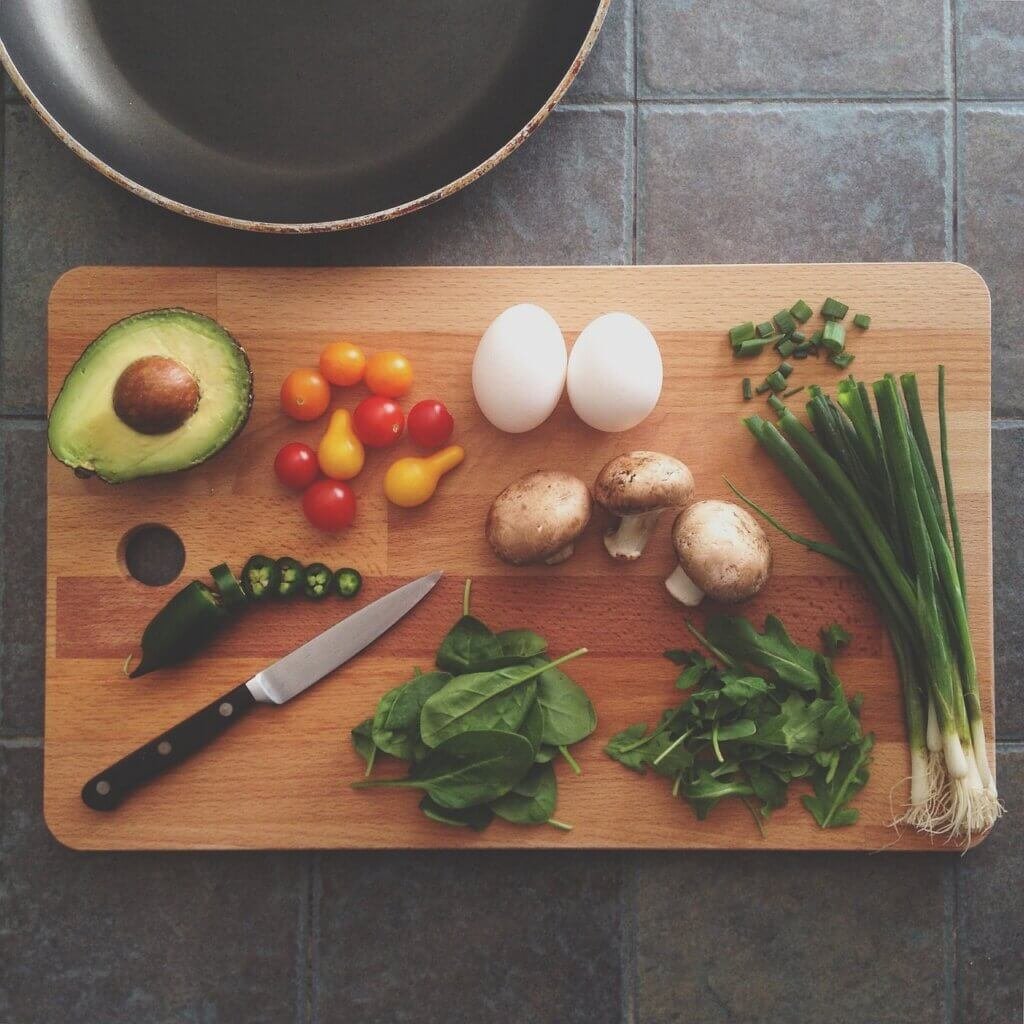
Knife Safety
Using knives safely is of utmost importance to prevent accidents and injuries in the kitchen. By following these safety guidelines, you can ensure a safe cooking environment.
Keeping your knives sharp for safety
Contrary to popular belief, sharp knives are safer to use than dull ones. A sharp knife requires less force to cut through ingredients, reducing the risk of slips and accidents caused by too much pressure. Dull knives, on the other hand, can easily slip and lead to unexpected cuts. Regularly sharpening your knives and honing them before each use will maintain their sharpness and ensure safer cutting.
Avoiding distractions while using knives
When using knives, it is crucial to focus on the task at hand and avoid distractions. Cooking can be a lively and hectic environment, but it’s important to prioritize your safety and that of those around you. Avoid talking on the phone, watching television, or engaging in any distracting activities while using knives. By maintaining your focus, you can minimize the risk of accidents and ensure safer cooking.
Properly handling and passing knives
Properly handling and passing knives is essential for the safety of everyone in the kitchen. When handing someone a knife, always hold the handle and offer it with the blade facing away from the recipient. Both the giver and the receiver should maintain a firm grip on the knife during the exchange. When not in use, place knives on a stable surface, such as a cutting board or a knife block, keeping the blade facing downwards. Avoid reaching blindly for knives and always pay attention to their location to prevent accidental cuts or injuries.
Leveraging Knife Skills
Mastering knife skills can greatly improve your efficiency and precision in the kitchen. By leveraging these skills, you can save time and effort while enhancing your cooking techniques.
Efficiently cutting ingredients
With proper knife skills, you can cut ingredients quickly and efficiently. By using the appropriate cutting techniques, such as the rock chop or slice, you can achieve even and precise cuts in a shorter amount of time. This efficiency is valuable during meal prep or when preparing large quantities of food. Investing time in practicing and perfecting your knife techniques will pay off in the long run, saving you valuable time in the kitchen.
Saving time and effort
When your knife skills are honed, you can cut through ingredients effortlessly. An appropriately sharp knife combined with the correct technique allows for smooth and effortless cutting, reducing the strain on your hand and arm. This efficiency not only saves you effort but also increases your productivity in the kitchen. By investing in learning and practicing knife skills, you can streamline your cooking process and enjoy a more enjoyable culinary experience.
Improving cooking precision
Precise knife skills contribute to the overall presentation and taste of your dishes. Uniformly cut ingredients cook evenly, resulting in a more balanced dish. By mastering basic knife techniques and practicing different cuts, such as julienne or chiffonade, you can enhance the visual appeal and flavor of your meals. Additionally, precise cuts allow for more accurate portion control, ensuring consistent cooking times and optimal results. By improving your knife skills, you can elevate your cooking to the next level.
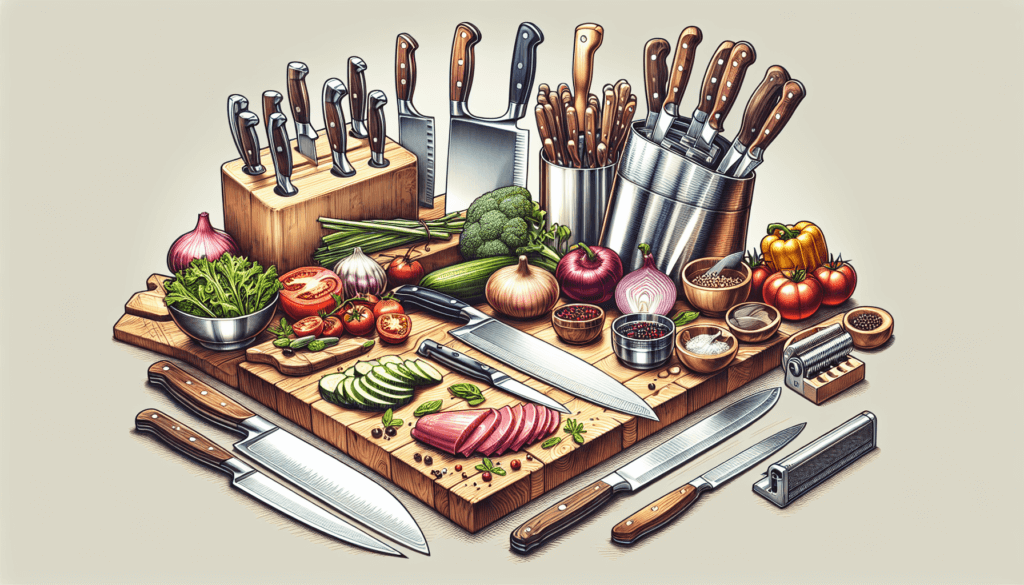
Prepping Ingredients
Properly prepping ingredients is a fundamental step in any recipe. Understanding how to peel, trim, bone, fillet, slice, and dice various ingredients will enhance your cooking experience.
Peeling and trimming fruits and vegetables
Peeling and trimming fruits and vegetables is often necessary to remove inedible parts or achieve a desired texture. To peel, use a paring knife or a vegetable peeler, depending on the size of the ingredient. Hold the fruit or vegetable firmly and glide the knife or peeler across the surface, removing the outer skin. For trimming, use a paring knife to remove any unwanted parts, such as stems, ends, or blemishes. Properly peeling and trimming ingredients will ensure that they are ready for further preparation.
Deboning and filleting meat
Deboning and filleting meat can be intimidating, but with the right technique, it becomes much more manageable. To debone meat, use a boning knife to carefully separate the meat from the bone. Follow the natural contours of the bone and use short, controlled strokes to avoid tearing the meat. For filleting, remove the skin, if desired, and use a fillet knife to remove the bones. Make precise cuts along the sides of the bones, gradually separating the flesh from the bone. These techniques allow for clean and professional-looking cuts of meat.
Slicing and dicing onions and garlic
Onions and garlic are staple ingredients in many dishes, and knowing how to slice and dice them properly is essential. Start by peeling the skin off the onion or garlic clove. For slicing, hold the onion or garlic firmly and use a chef’s knife to cut thin, even slices. This technique is ideal for recipes that call for thinly sliced onions or garlic. For dicing, slice the onion or garlic into thin slices and then make cuts perpendicular to the slices, creating uniform cubes. Properly slicing and dicing onions and garlic will help distribute their flavors evenly in your dishes.
World of Knife Cuts
Exploring the world of knife cuts will expand your culinary repertoire and offer a variety of techniques to enhance your cooking.
Exploring different knife cuts
Different knife cuts produce varied results and can significantly impact the texture and presentation of a dish. From basic cuts such as julienne or dice to more intricate cuts like chiffonade or batonnet, each technique opens up new possibilities in the kitchen. Experimenting with different cuts will not only add visual appeal to your dishes but also create interesting textures that elevate the overall dining experience.
Understanding their applications
Every knife cut has its own purpose and application in various recipes. For instance, the julienne cut is commonly used in stir-fries or for garnishing. The dice cut is perfect for uniform cooking times and appealing presentation in dishes like stews or salads. The chiffonade cut adds a delicate touch of herbs to enhance flavors. By understanding the applications of different knife cuts, you can choose the most suitable technique for each dish and create culinary masterpieces that are both visually appealing and delicious.
Mastering uniformity in cuts
Regardless of the knife cut you choose, achieving uniformity is key for professional-looking dishes. Consistent size and shape not only enhance the visual appeal but also ensure even cooking times. To master uniformity, practice your knife skills and pay attention to the size and shape of each cut. Consistency comes with experience, so don’t be discouraged if your first attempts are not perfect. With time and practice, you will develop a sense of precision and achieve the desired uniformity in your cuts.
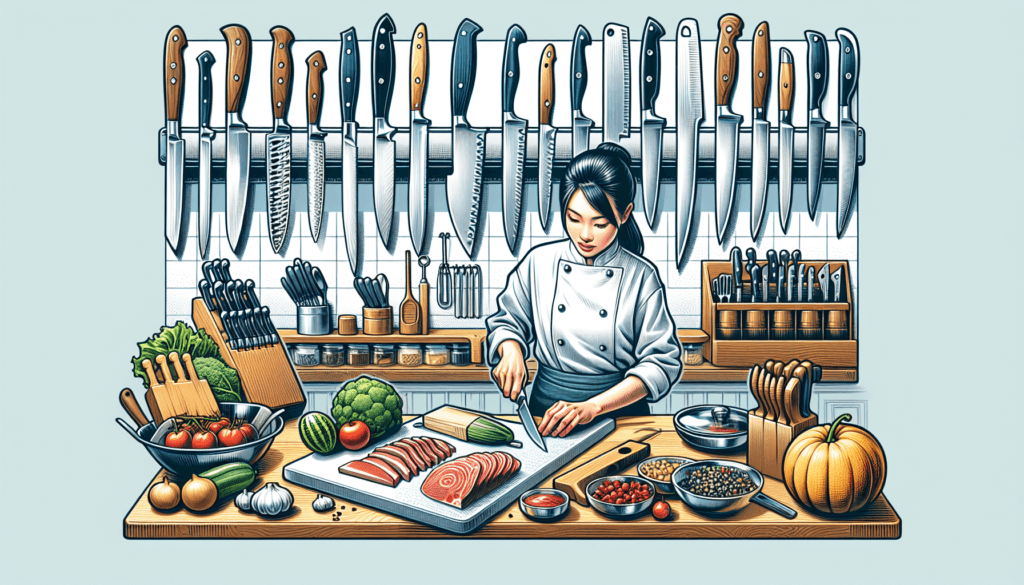
Knife Sharpening Tools
Properly sharpening your knives is essential for maintaining their cutting performance. Understanding different sharpening tools will help you choose the right one for your knives.
Using a sharpening stone
Sharpening stones, also known as whetstones, are traditional tools used to sharpen knives. They come in various grits, ranging from coarse to fine, to accommodate different levels of dullness. To use a sharpening stone, wet it with water or oil, depending on the type of stone, and hold it securely. Grasp the knife firmly and place the blade at a 20-degree angle against the stone. Move the blade in a sweeping motion, maintaining consistent pressure and angle. Repeat this process on both sides of the blade until the desired sharpness is achieved. Using a sharpening stone requires practice and patience, but it allows for precise control over the sharpening process.
Exploring electric knife sharpeners
Electric knife sharpeners offer a convenient and efficient way to sharpen your knives. These devices feature built-in sharpening mechanisms that allow for automated sharpening. Simply insert the knife into the designated slot, and the sharpener will move the blade against an abrasive material, sharpening it in a matter of seconds. Electric knife sharpeners are user-friendly and provide consistent results, making them a popular choice for home cooks. However, it’s important to follow the manufacturer’s instructions when using an electric knife sharpener to ensure safety and optimum performance.
Considering knife sharpening services
If you are unsure about sharpening your knives yourself, professional knife sharpening services are available. These services usually have specialized equipment and expertise to restore the sharpness of your knives. Most professional knife sharpening services use a combination of electric sharpening systems and hand honing to achieve accurate results. While this option may require additional time and cost, it ensures that your knives are sharpened by skilled professionals, resulting in excellent performance and longevity.
Building Confidence and Speed
Building confidence and speed in your knife skills takes practice and repetition. By following these tips, you can improve your cutting speed without sacrificing safety.
Practicing regularly to build muscle memory
Consistent practice is key to building muscle memory and improving your cutting speed. Set aside dedicated time to practice your knife skills and incorporate them into your cooking routines. Start with basic techniques and gradually move on to more advanced cuts. Focus on proper form and technique, ensuring that each movement is precise and controlled. With regular practice, your hands and muscles will become more familiar with the motions, allowing you to execute cuts more confidently and efficiently.
Increasing cutting speed without sacrificing safety
While it’s important to increase your cutting speed, it should never come at the expense of safety. Maintain proper grip and posture, and always prioritize safety over speed. As you become more comfortable and proficient with your knife skills, you will naturally become faster. However, always strive for controlled and deliberate movements rather than rushing through cuts. Remember, it’s better to take a little more time to ensure safety than to risk an accident due to haste.
Gaining confidence in your knife skills
Building confidence in your knife skills is a gradual process that comes with both practice and experience. As you become more proficient and comfortable with different knife techniques, your confidence will naturally increase. Take pride in your progress and acknowledge the improvements you have made. Cooking with confidence will not only enhance your enjoyment in the kitchen but also contribute to better results in your dishes. By embracing and refining your knife skills, you will become a more confident and skilled home cook.
In conclusion, mastering knife skills is essential for efficient and enjoyable cooking. By choosing the right knife for each task, maintaining your knives properly, practicing proper grip and posture, and mastering basic knife techniques, you can enhance your cooking experience and achieve professional-level results. Remember to prioritize safety, invest in high-quality knives, and explore different cuts to expand your culinary repertoire. With practice, patience, and perseverance, you can become a confident and proficient home cook with impressive knife skills. So sharpen your knives, prepare your cutting board, and start honing your techniques – exciting kitchen adventures await!

